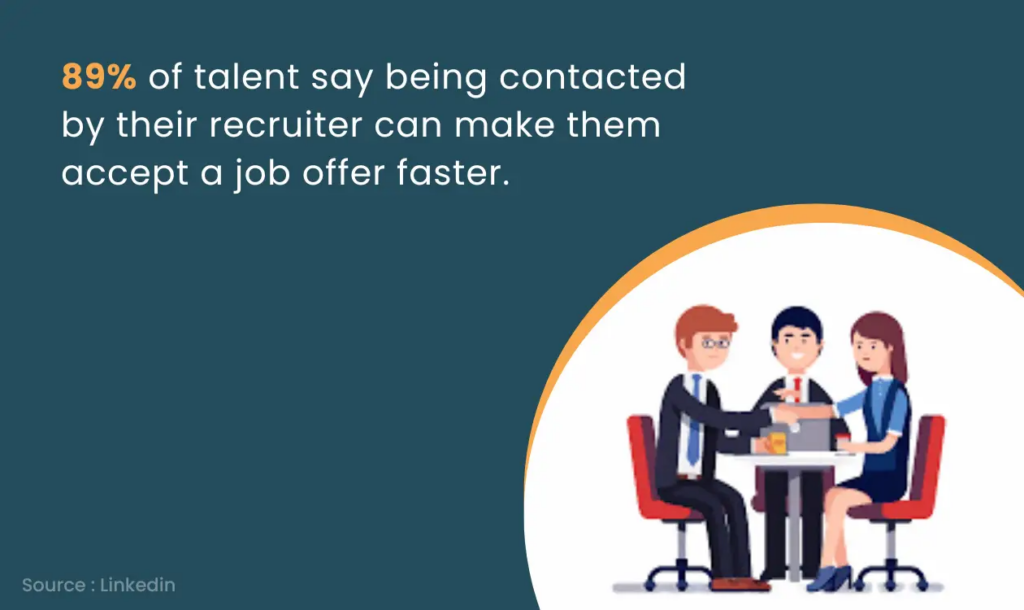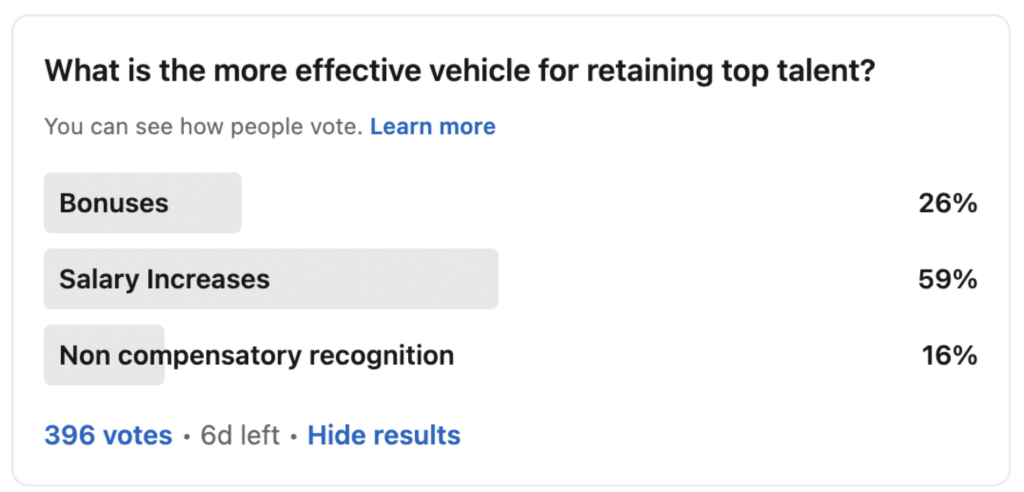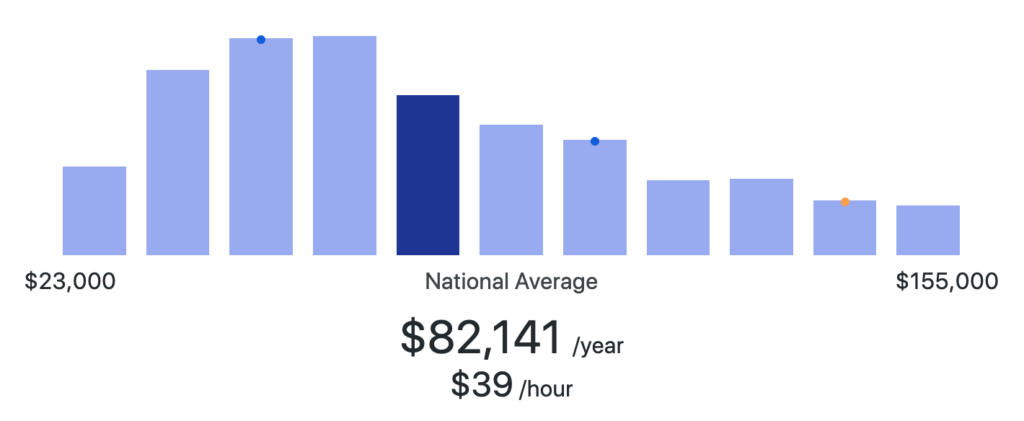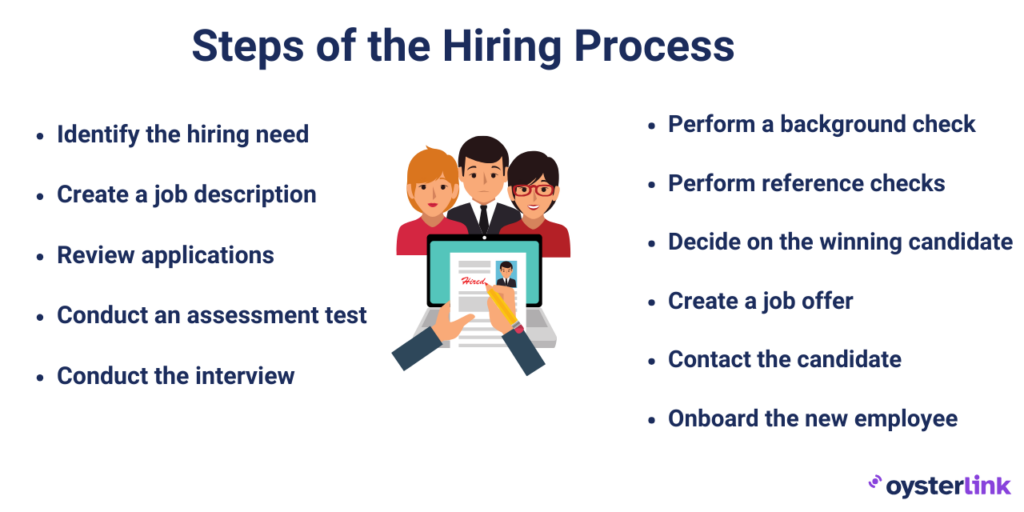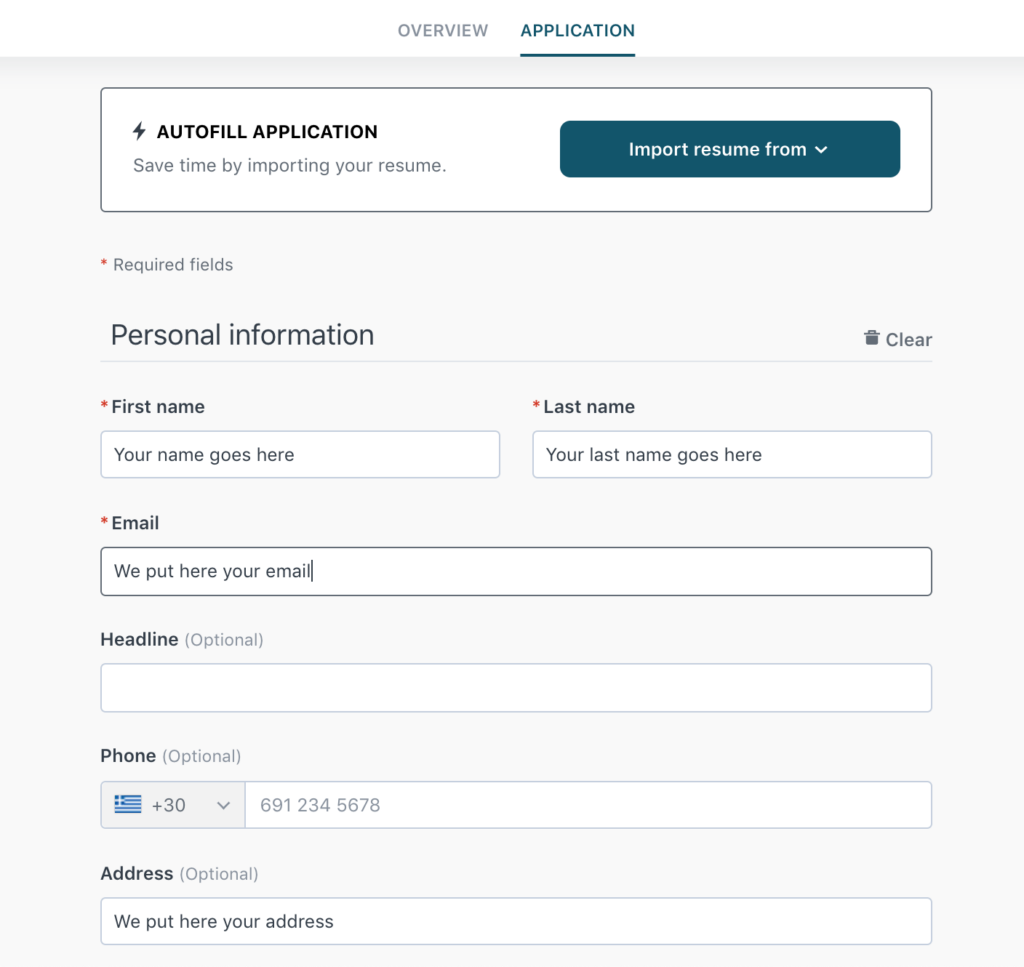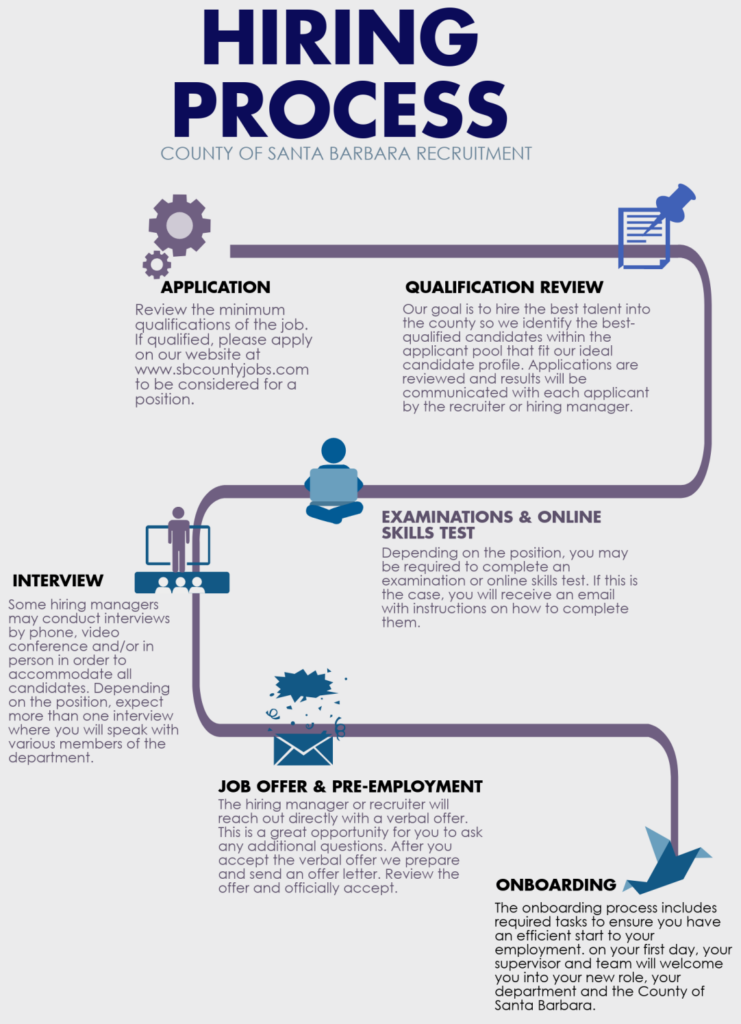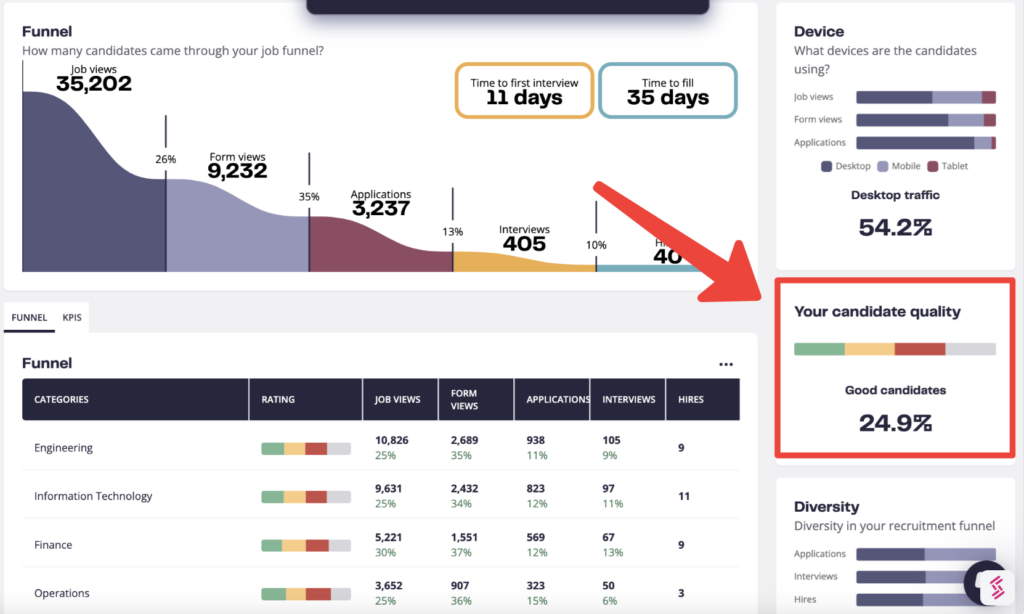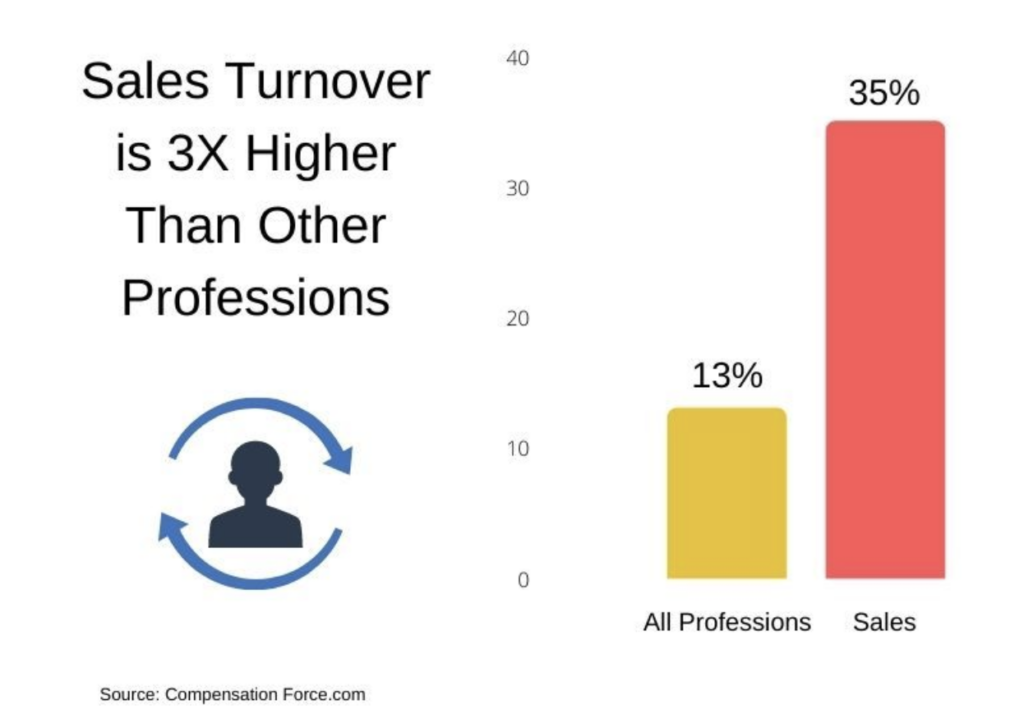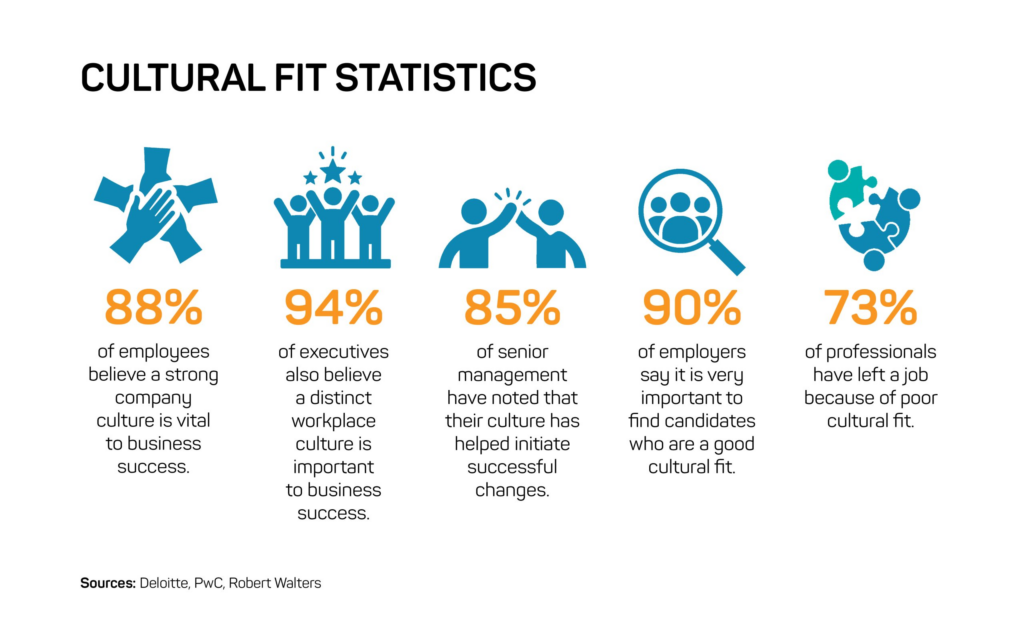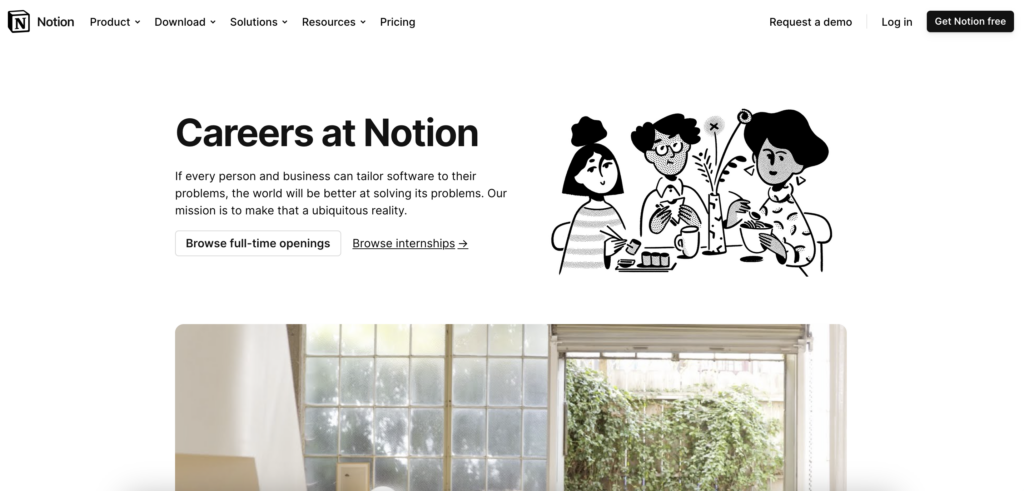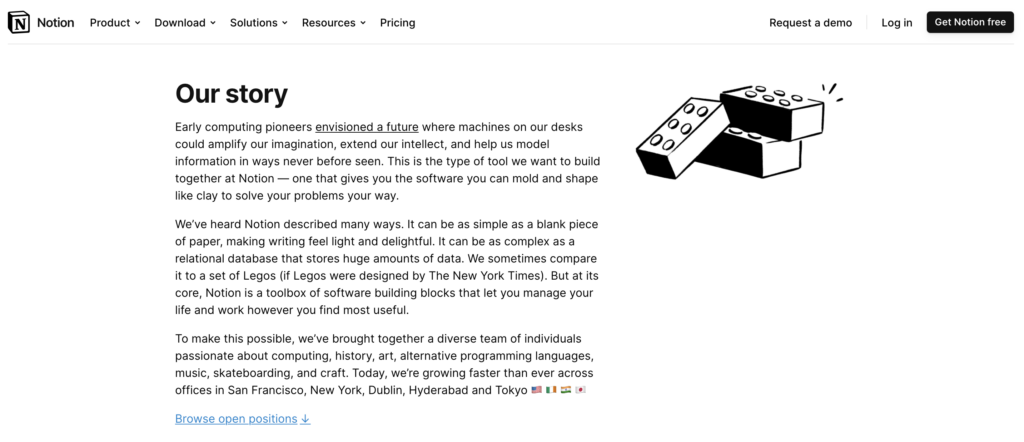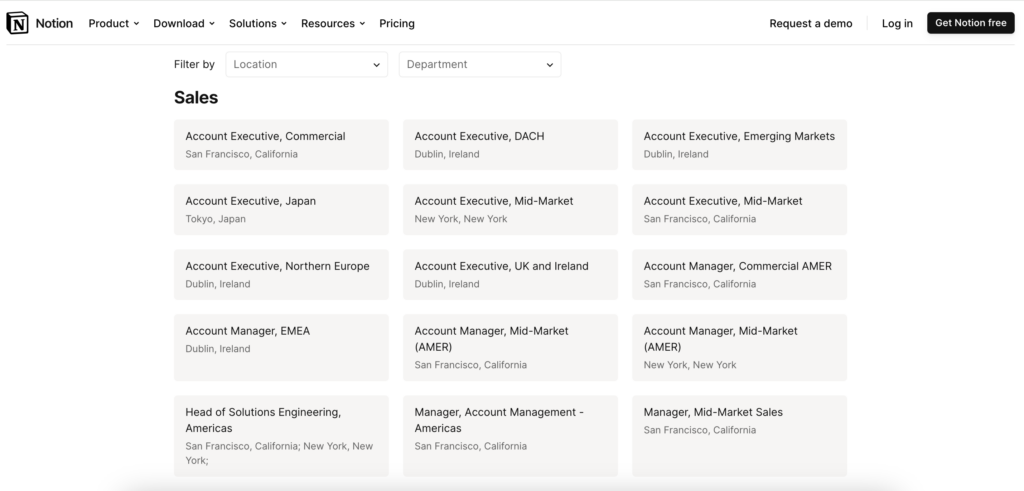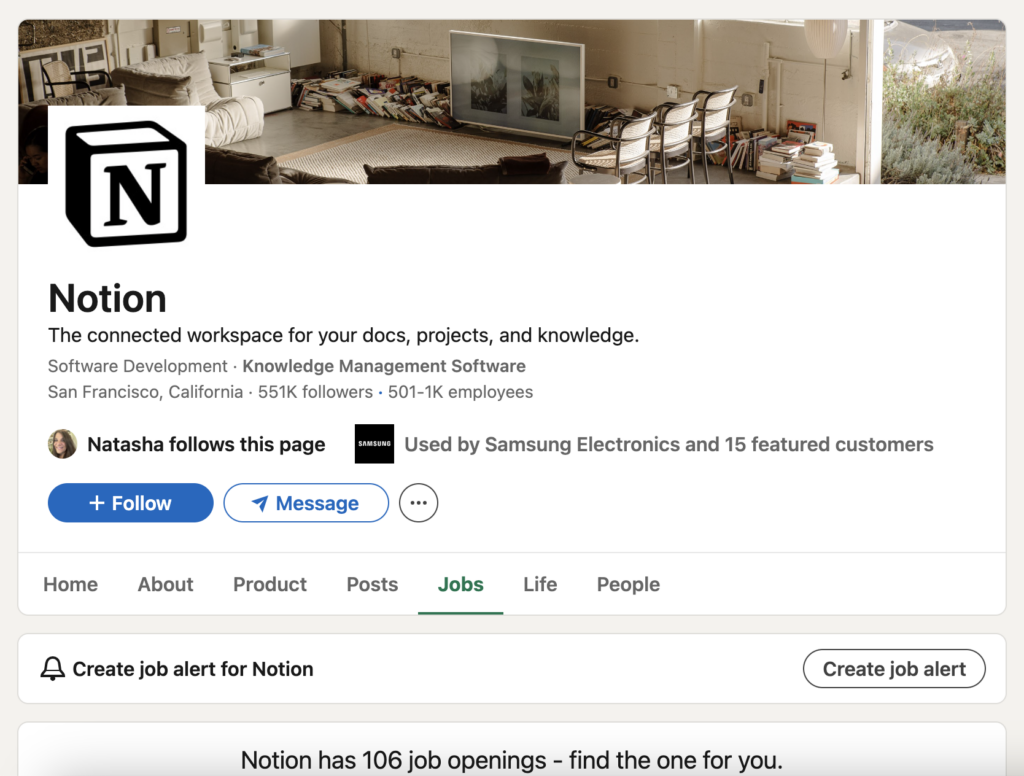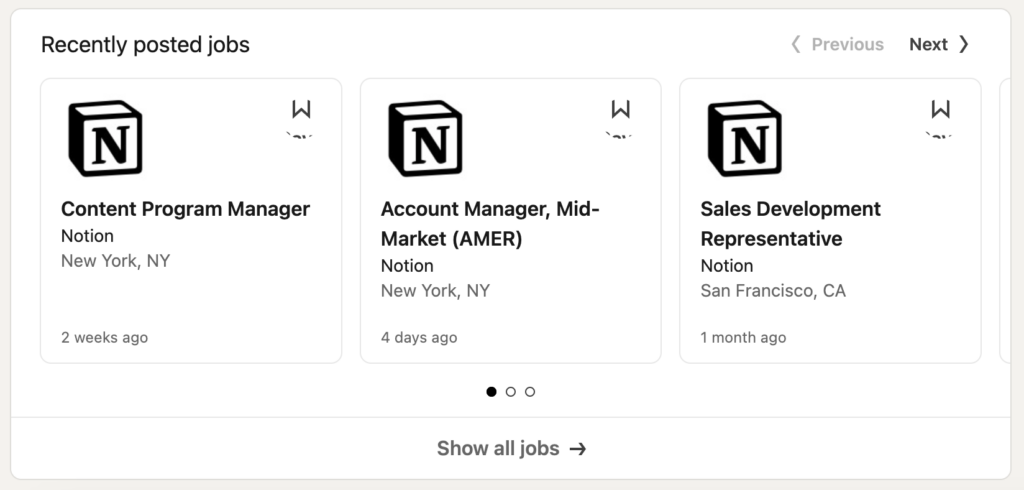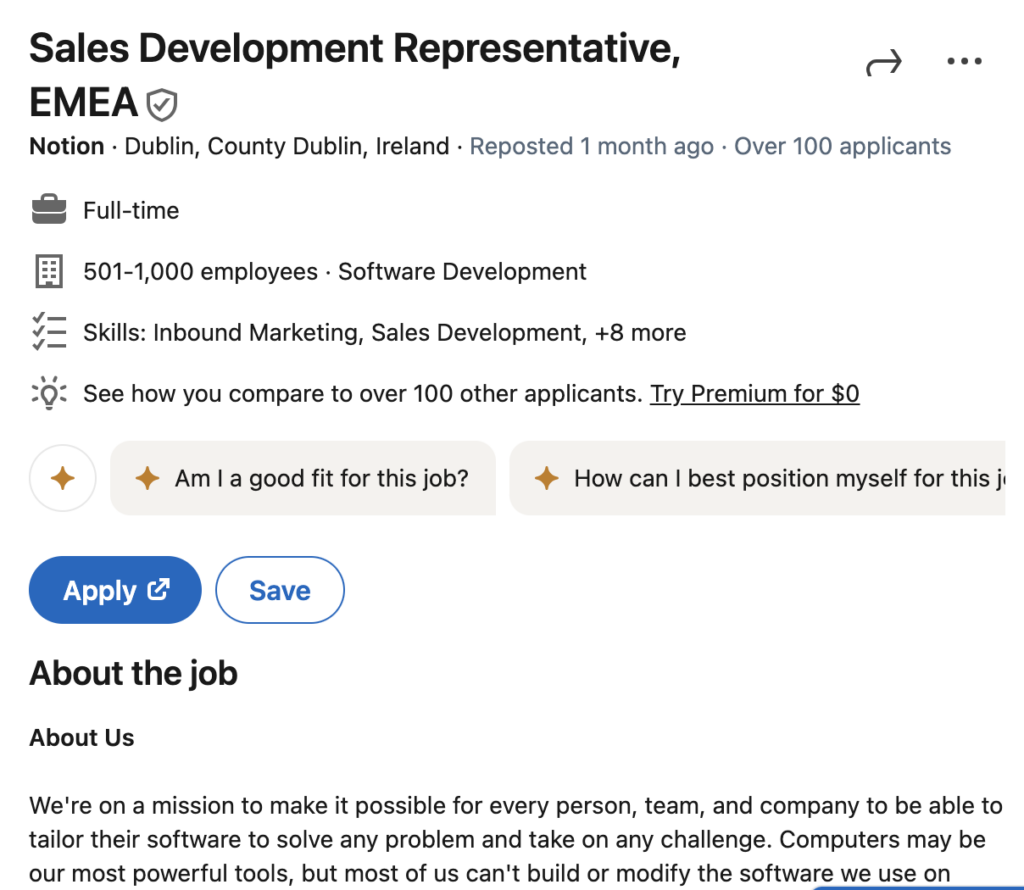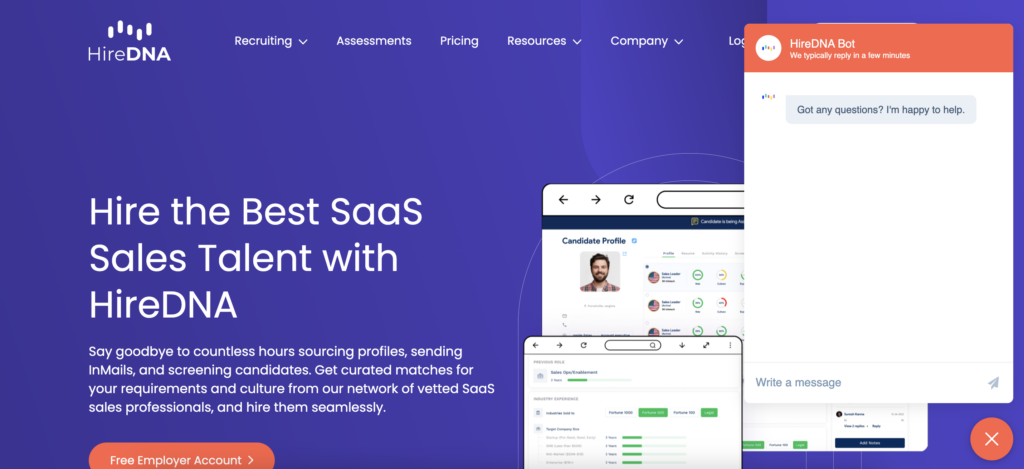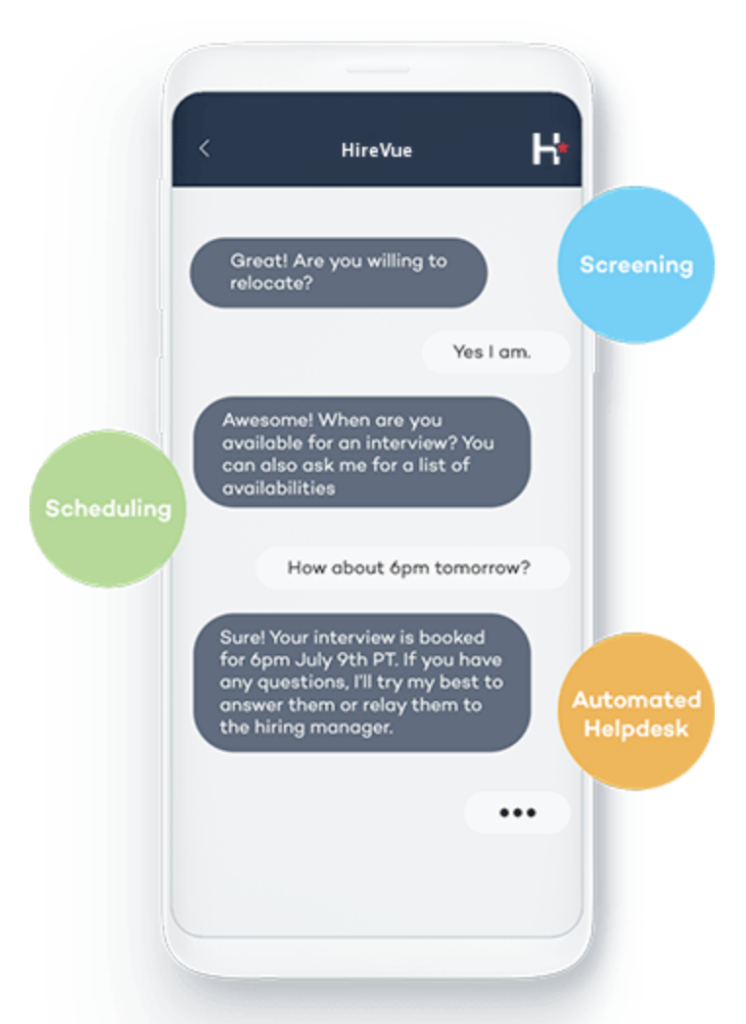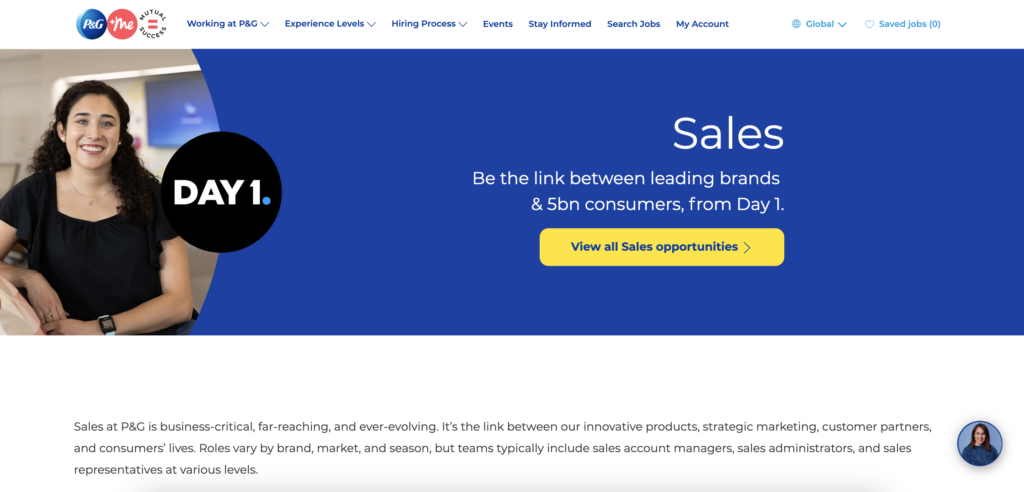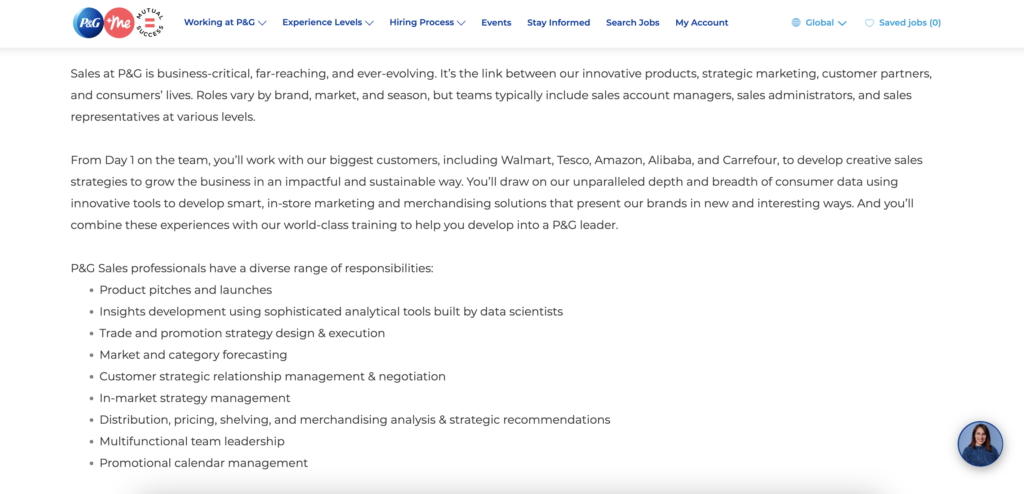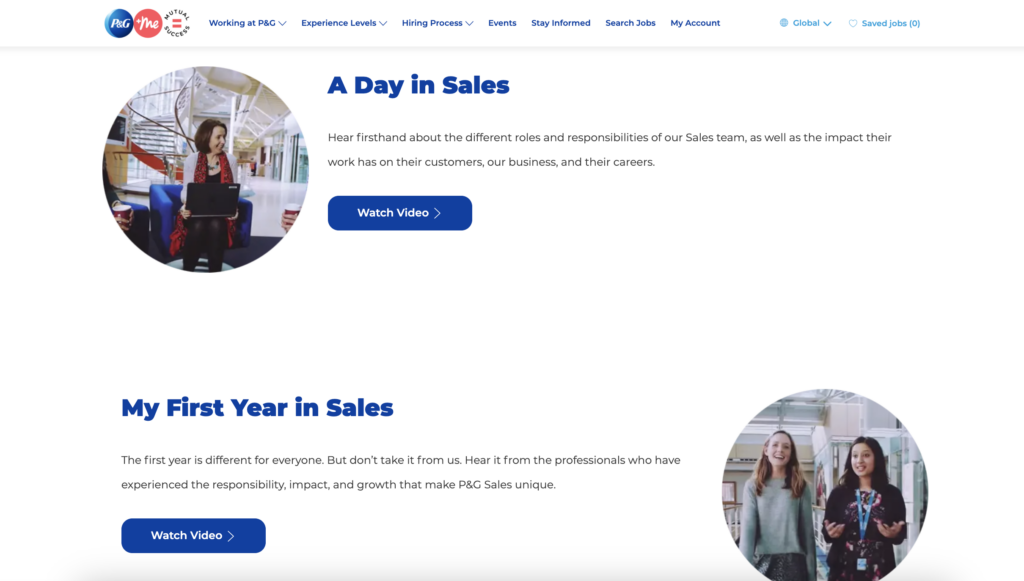Here’s the scenario. After extensive (and costly) sales recruiting, you’ve finally pinpointed your dream candidate — someone who checks all the right boxes and who you feel would be the ideal salesperson for your role. But when you give them a call or shoot them an email, you find that they’ve moved on and have accepted a role with another company.
What happened? What went wrong?
More often than not in this situation, the problem is that you weren’t proactive and didn’t offer them the job quickly enough. For this post, I’ll discuss why this can prevent you from winning top talent and how to make sure you don’t fall into this trap in the future.
One Statistic You Absolutely Need to Know
First, try to put yourself in the shoes of an elite salesperson for a second. This person likely has plenty of options and leverage.
If they applied for multiple positions — as many jobseekers do — odds are more than one company is interested in their talent. And it probably won’t be long before someone recognizes what they bring to the table and tries to bring them on board.
Even if your company was the one they were most interested in, they’ll likely accept a comparable position if someone gave them an offer before you did. It’s nothing personal. It’s just a matter of who’s quickest to the punch.
And if the candidate needs to get hired in a hurry, it stands to reason that they would accept the first solid job offer that comes their way. This brings us to the one statistic you absolutely need to know.
“89% of applicants accept job offers faster when a recruiter contacts them.”
Rather than waiting around and leaving someone hanging after you’ve made a hiring decision, it’s crucial that you reach out right away with a formal job offer. Otherwise, you run a significant risk of losing top talent to a competitor.
You don’t need to rapid-fire right into onboarding, but you should let them know that you’ve chosen them for the job and what to expect next.
Two Other Compelling Stats
This makes sense considering that having to wait to see if they get an offer can be incredibly vexing for salespeople. In fact, 57% of people say the most frustrating part of the job search is waiting to see if they got the position after going through the interview process.”
Besides that, “Nearly one-quarter lose interest if they don’t hear back within one week after the initial interview; another 46 percent lose interest if there’s no status update from one-to-two weeks post-interview.”
And how can you blame them? The last thing you want to deal with when your livelihood is on the line is sluggish recruiters who leave you in the dark.
The bottom line is that candidates — especially those with a ton of talent and leverage — don’t want to wait around after an interview to be offered a job. They want it quickly.
Understanding this and adjusting your sales recruiting strategy accordingly is key to winning top talent. With that said, here are some specific ways to ensure you don’t squander golden opportunities.
Make Faster Decisions
A precursor to everything else is hastening your hiring decision-making. By this, I’m referring to avoiding requiring multiple levels of approvals from different team members before pulling the trigger. When this happens, you may have A+ sales candidates slip through your fingers by the time you’re able to get the green light for an offer.
Now I’m not suggesting foolishly rushing and not getting anyone else’s feedback. But it’s important to evaluate how many approvals you need before giving a sales candidate an offer and seeing if you could trim it back to streamline the process.
Maintain Consistent Candidate Communication
Communication throughout the hiring process is important anyway. But it’s especially critical after an interview and a candidate is waiting to find out if they landed the job or not. So you want to be sure that either you or a dedicated team member keeps your final round of candidates posted on the job status.
This starts with developing a sales candidate communication plan (you can learn how to create one here). And if someone reaches out to you to check the status, you should respond within 24 hours max.
Strike Fast With a Job Offer
Once you’re certain that you want to hire a particular candidate, don’t waste any time giving them a formal job offer. As soon as all key stakeholders agree, go ahead and let the candidate know right away so they don’t get lured into another position.
Keep in mind that you don’t need to provide them with ALL of the information right off the bat. This will come in phases during onboarding. But you’ll want to give them the good news that you want to bring them on board and provide them with the basics of what to expect next.
Also, be sure to include the basics like contact info, job details, salary, and benefits for quick reference.

That way they can officially shut down their job search and start preparing to join your sales team.
Winning Top Talent By Proactive Recruiting
Let’s recap. Sales recruiting can be incredibly competitive, and highly talented reps often have multiple companies vying for them. One of the main keys to landing superstar reps is having an efficient recruiting process and ensuring a team member immediately contacts them once they’ve been chosen.
The longer you wait, the greater the chances of them being snatched up by another company. But if you act quickly and maintain close communication along the way, the odds are in your favor that you’ll come out on top.
Want to take your sales recruiting to the next level by eliminating weaknesses and attracting ideal candidates? Take the HireDNA Hiring Readiness Assessment. Using it can improve screening accuracy, help you source candidates faster, reduce time to fill, and more.

